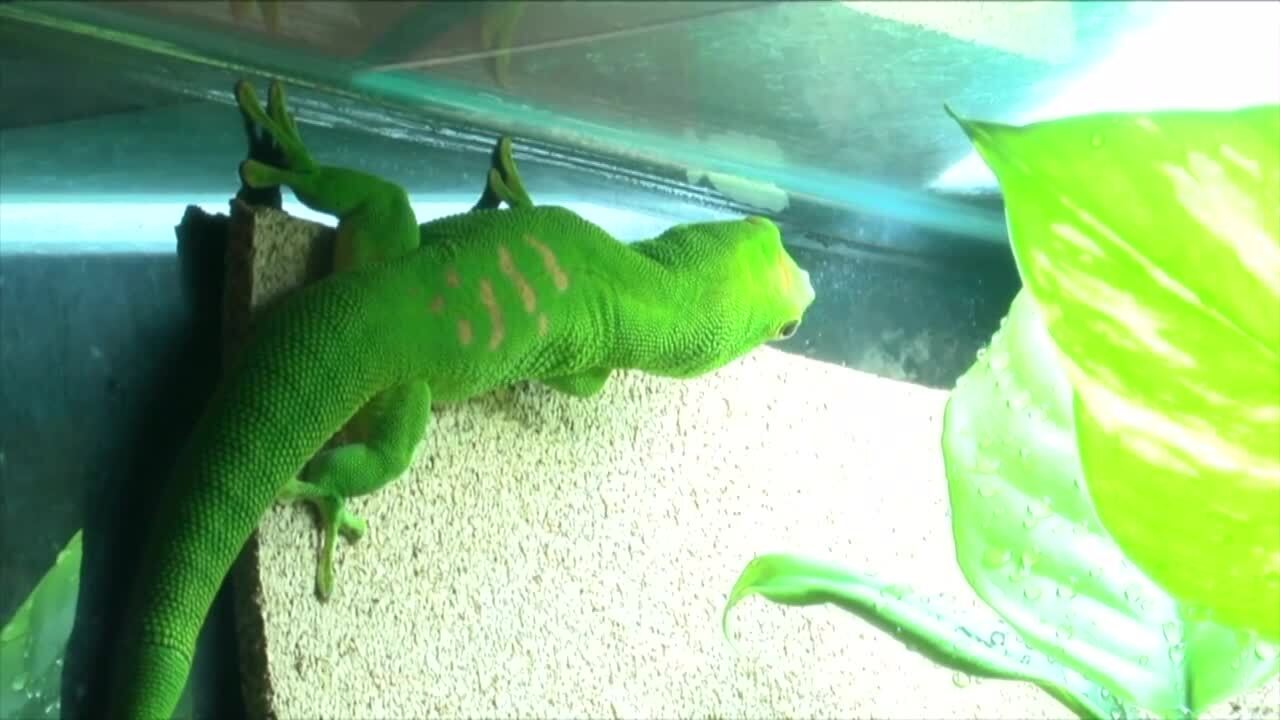MISSOULA — The gecko's feet are really an incredible feat as they can stick to pretty much anything. And it turns out that learning about how geckos stick can be really beneficial to all of us.
A gecko’s ability to climb walls and even hang upside down seems to defy gravity. Geckos can even grip molecular smooth surfaces. To understand why they can do this we need to take a closer look at their anatomy.
Their feet are covered in around half a million tiny hair-like structures called setae. These setae are incredibly small, measuring about 10 times thinner than a human hair.
Each seta splits into hundreds of even smaller branches called spatulae. And as you can probably guess they get their name because they resemble your everyday kitchen spatula. The spatulae are what give geckos their climbing powers.
A gecko has an average of a billion of these tiny bristles. They create a molecular force known as "Van der Waals Force" that allows the gecko to stick to surfaces. The molecules on the spatulae are directly interacting with the molecules of what they’re climbing on.

To understand Van der Waals force, let’s say you have two atoms. In the middle there is a positively charged nucleus, and surrounding it are negatively charged electrons. These electrons rotate around the nucleus.
In this perpetual dance electrons occasionally sway to one side, causing the atom to develop positive and negative sides. When another atom mirrors this behavior, an attractive force like a magnet arises between them.
Now, multiply this interaction by the multitude of spatulae on a gecko's feet, and you have a force to be reckoned with. Biologists estimate that gecko feet could support up to 290 pounds if every spatulae were interacting at once.
But don't worry, geckos know how to let go too — it’s all about the angle. At one angle you get that super strong grip and by a slight change of the angle, it breaks that interaction simply by bending its toes just right. It’s kind of like if you were palming a basketball, by releasing the tension in your fingertips, it simply lets go.

While a piece of tape loses its stickiness after one use, a gecko's foot never loses grip.
A gecko’s lineage dates back over 200 million years ago — which is older than dinosaurs — giving them plenty of time to fine-tune super grip. But what’s interesting is they didn’t evolve this super grip just once. Through convergent evolution, 11 branches evolved this climbing ability independently of each other.
Since their feet evolved many times over, we can learn the factors specific to replicate this grip. Geckos have inspired technology like medical adhesives and the Department of Defense has developed a set of paddles that could help soldiers climb up walls like Spiderman.
So, if you want to start climbing walls you’ve got to start from the gecko!





